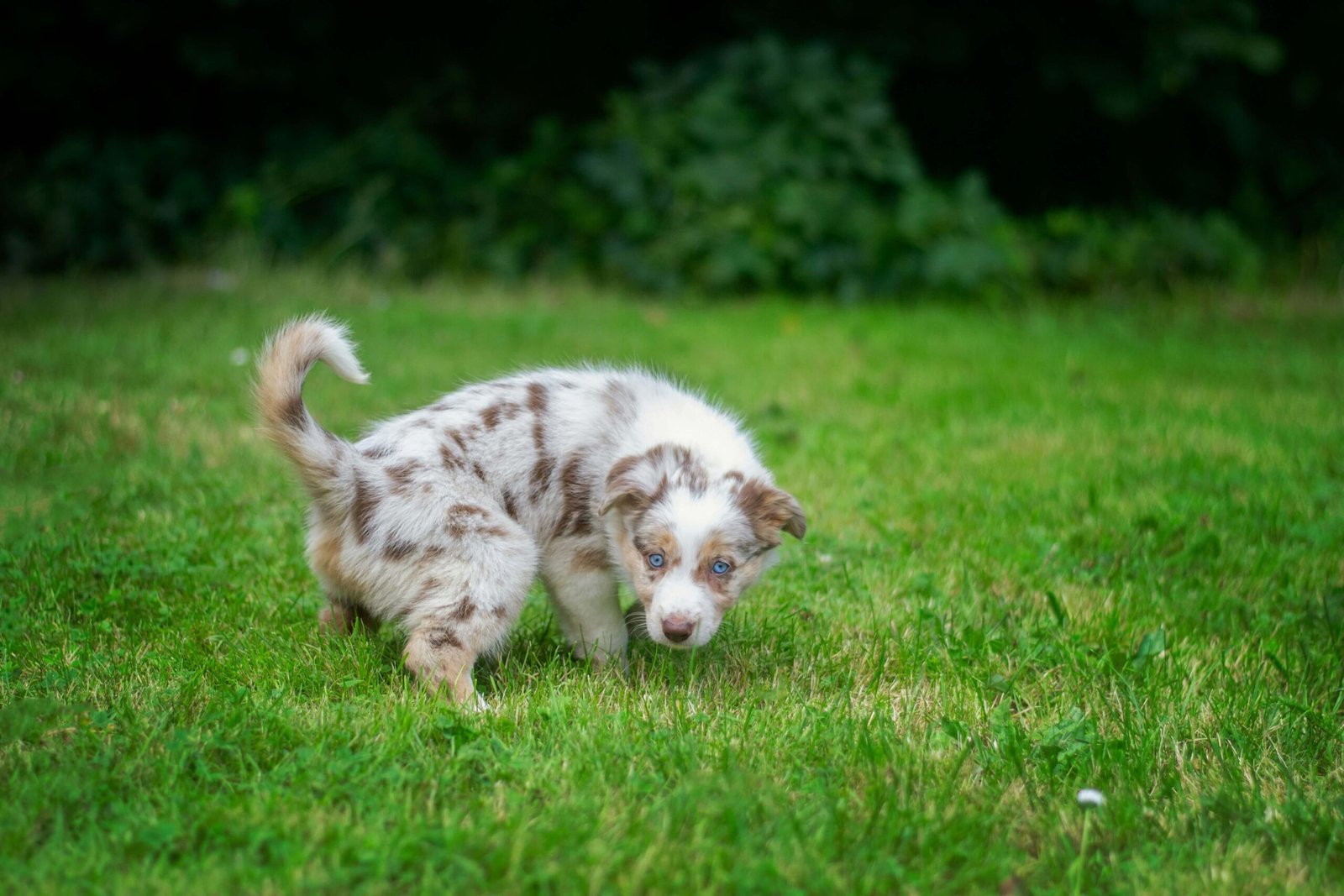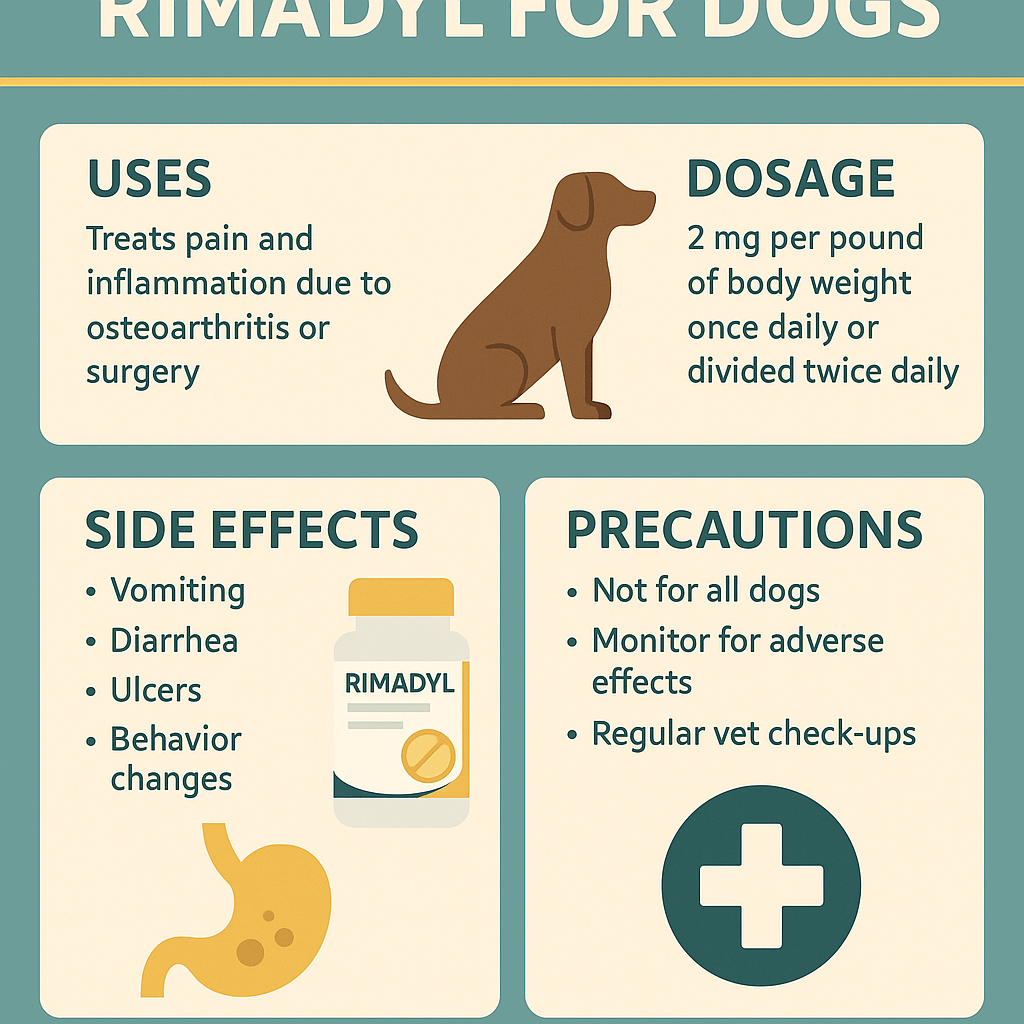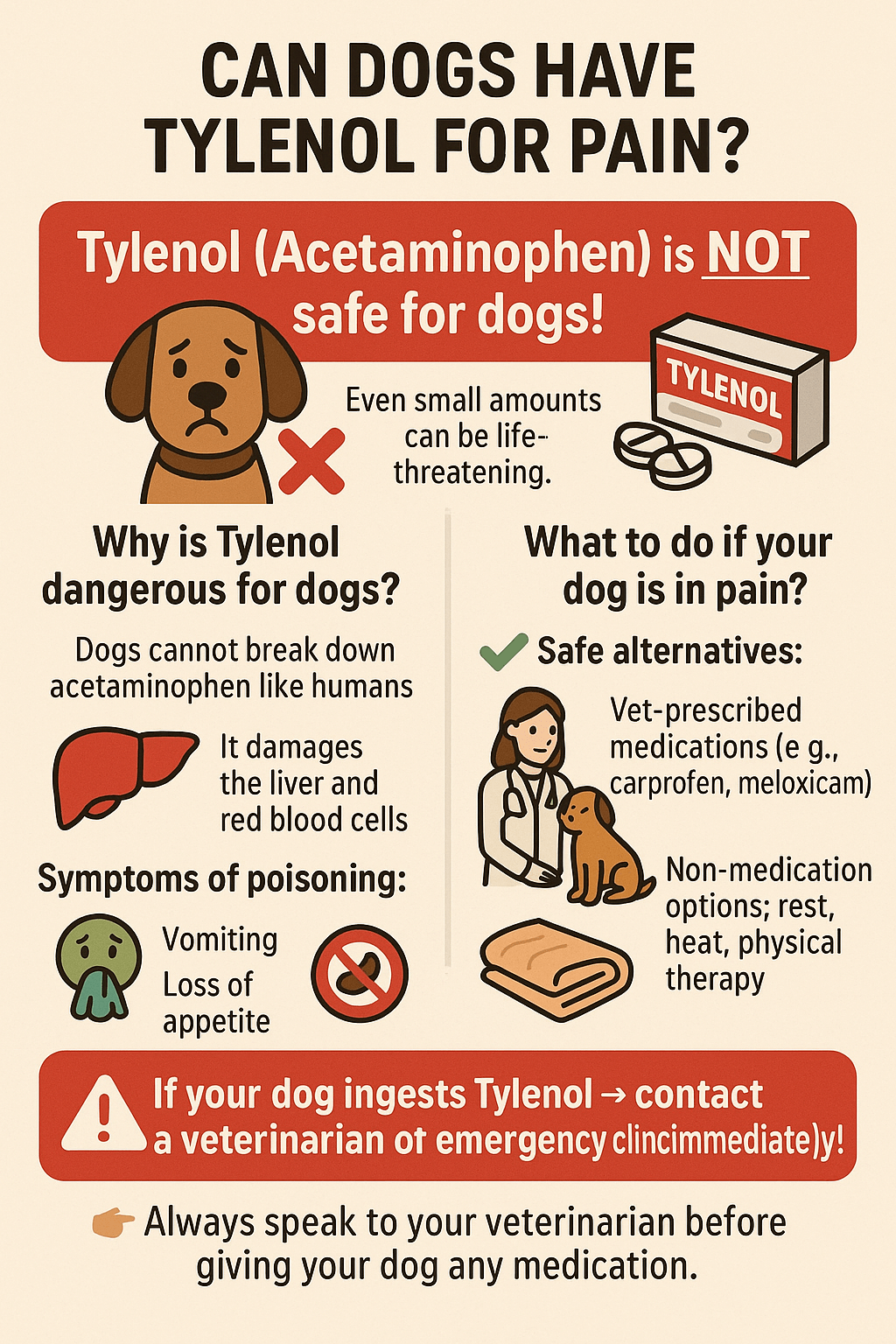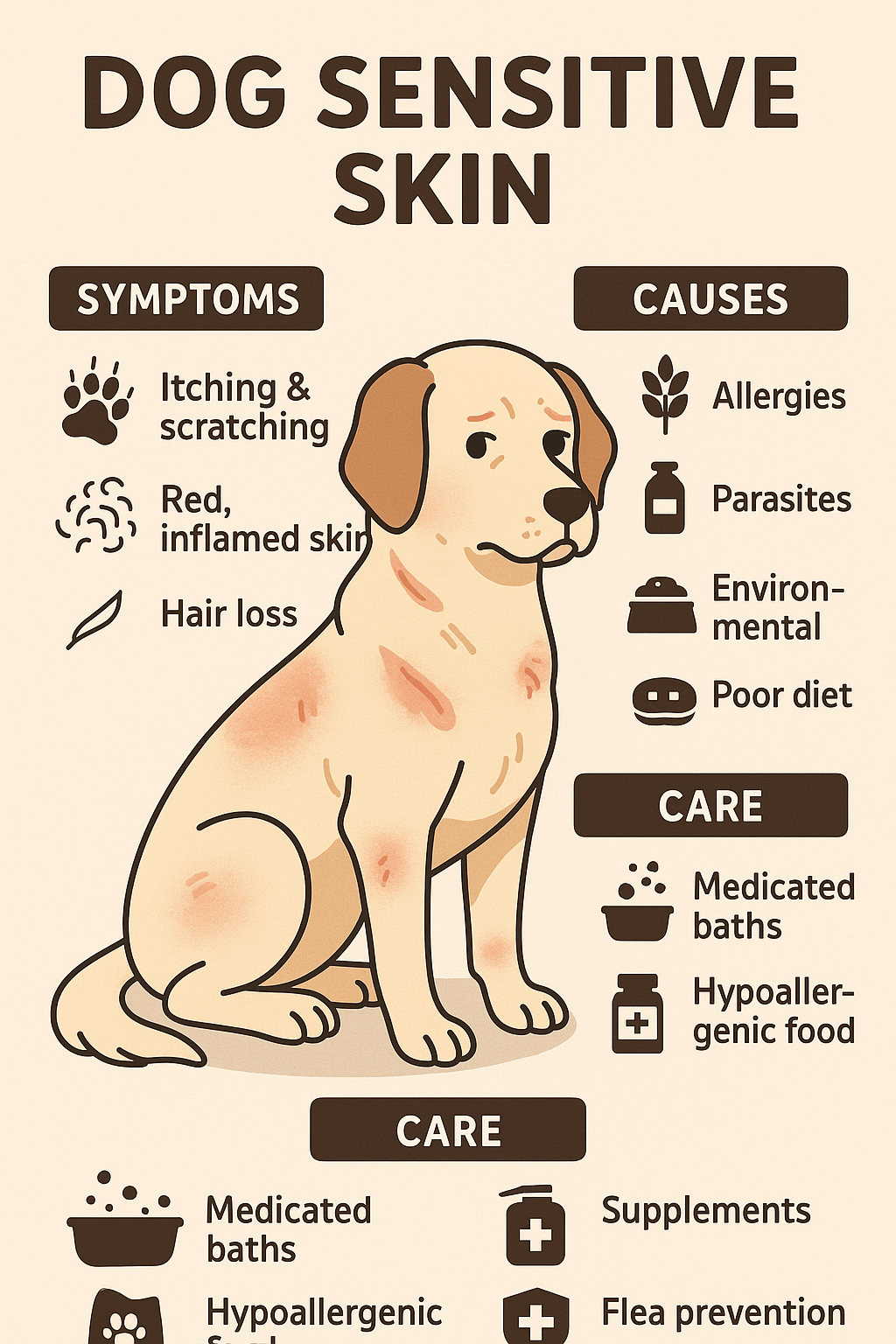Red Flags When Adopting a Dog: What Every Potential Owner Should Know
Adopting a dog is one of the most rewarding decisions you can make, but it’s also a significant responsibility. While shelters and rescue organizations do their best to ensure dogs are healthy and well-adjusted, there are still red flags that potential adopters should be aware of. Recognizing these warning signs can help you avoid adopting a dog that may not be the right fit for your lifestyle or could require more care than you’re prepared to give. From behavioral issues to health concerns, understanding the red flags when adopting a dog is crucial for making an informed decision.
In this blog post, we’ll explore the key signs to watch out for and provide practical advice to ensure you bring home a happy, healthy companion who will thrive in your care.
Behavioral Red Flags to Watch For
Behavioral issues can often be a sign of underlying problems, so it’s essential to observe a dog’s behavior carefully before committing to adoption. Here are some common behavioral red flags:
Aggression Towards People or Animals : Growling, snapping, or lunging can indicate fear, anxiety, or past trauma.
Excessive Fearfulness : A dog that cowers, trembles, or hides excessively may struggle to adapt to a new home.
Destructive Behavior : Chewing furniture, digging, or destroying items could signal boredom, anxiety, or lack of training.
Inability to Make Eye Contact : Dogs that avoid eye contact may have trust issues or feel extremely anxious.
Overly Hyperactive Energy : Constant jumping, barking, or inability to settle down may indicate a lack of socialization or exercise.
While some behavioral issues can be addressed with patience and training, others may require professional intervention. Always assess whether you’re equipped to handle these challenges before adopting.
Health-Related Red Flags During Adoption
A dog’s health is a critical factor to consider when adopting, as untreated conditions can lead to costly vet bills and emotional stress. Here are some health-related red flags to look out for:
Visible Skin Issues : Bald patches, rashes, or excessive scratching could indicate parasites, allergies, or infections.
Signs of Malnutrition : A severely underweight dog may have dietary or digestive issues that need attention.
Lethargy or Weakness : Lack of energy or difficulty moving could point to chronic illness or injury.
Respiratory Problems : Persistent coughing, sneezing, or wheezing may suggest respiratory infections or other health concerns.
Bad Breath or Dental Issues : Severe tartar buildup or bad breath could indicate dental disease or other systemic health problems.
If you notice any of these health red flags, ask the shelter or rescue organization for more information about the dog’s medical history and consult a veterinarian if possible.
Check this guide 👉How to Crate Train a Rescue Dog: Best 7 Expert Tips!
Check this guide 👉How to Train a Rescue Dog: Best 7 Expert Tips!

Red Flag Category | Examples to Watch For |
|---|---|
Behavioral Red Flags | Aggression, fearfulness, destructiveness |
Health-Related Red Flags | Skin issues, lethargy, respiratory problems |
Environmental Red Flags | Poor shelter conditions, lack of transparency |
Socialization Red Flags | Avoidance of people or animals, excessive shyness |
Training Red Flags | No basic commands, excessive barking or jumping |
Environmental Red Flags at Shelters or Rescues
The environment where a dog is kept can reveal a lot about how they’ve been cared for and whether the organization is reputable. Here are some environmental red flags to consider:
Poor Hygiene Standards : Dirty kennels, strong odors, or unsanitary conditions can indicate neglect.
Overcrowding : Too many dogs in a small space may lead to stress, disease spread, or inadequate individual care.
Lack of Transparency : If staff can’t provide detailed information about a dog’s history or health, proceed with caution.
Untrained or Unhelpful Staff : Staff who seem disinterested or uninformed may not prioritize the dogs’ well-being.
Rushed Adoption Process : A shelter that pushes you to adopt quickly without proper screening may not have the dog’s best interests at heart.
These environmental factors can significantly impact a dog’s quality of life, so always choose a reputable shelter or rescue organization.
Socialization Red Flags to Consider
A well-socialized dog is more likely to adapt smoothly to your home and family. However, certain socialization red flags can indicate potential challenges. Here’s what to look for:
Fear of Human Interaction : A dog that avoids or reacts negatively to human touch may struggle to bond with you.
Reactivity to Other Dogs : Excessive barking, growling, or lunging at other dogs can make walks and social outings difficult.
Shyness Around Children : If a dog seems fearful or uncomfortable around kids, they may not be a good fit for families.
Avoidance of New Environments : A dog that refuses to explore or freezes in unfamiliar settings may need extensive desensitization.
Overly Clingy Behavior : While affectionate dogs are wonderful, extreme clinginess can indicate separation anxiety.
Understanding these socialization red flags can help you determine whether a dog is ready for a new home or needs additional support before adoption.
Red Flags in a Dog’s Interaction with Children
If you have children or plan to introduce your new dog to young family members, it’s crucial to observe how the dog interacts with kids. Some red flags can indicate potential challenges in creating a safe and harmonious environment.
Growling or Snapping : A dog that growls or snaps at children during interactions may pose a safety risk.
Avoidance Behavior : Constantly moving away from or hiding from kids can signal discomfort or fear.
Overexcitement Around Kids : Excessive jumping, mouthing, or rough play can lead to accidental injuries.
Staring or Stiffening : These behaviors may indicate stress or aggression when children are nearby.
Resource Guarding : Growling or snapping when children approach food, toys, or resting spots is a serious concern.
Understanding these red flags can help you ensure the safety of both your dog and your children, fostering a positive relationship from the start.
Signs of Neglect or Abuse in a Dog’s History
Dogs that have experienced neglect or abuse may exhibit specific behaviors or physical signs that indicate their past trauma. Recognizing these red flags can help you decide whether you’re prepared to provide the extra care they may need.
Fear of Men or Specific Objects : A dog that cowers or reacts fearfully to certain people or items (e.g., brooms, raised hands) may have experienced abuse.
Excessive Scars or Missing Fur : Unexplained scars or patches of missing fur can be signs of past neglect or mistreatment.
Difficulty Trusting Humans : Dogs that avoid touch or struggle to bond with people may have been abandoned or neglected.
Hoarding Food or Toys : This behavior often stems from a history of food scarcity or competition for resources.
Unwillingness to Be Left Alone : Extreme anxiety when separated from humans may indicate abandonment trauma.
While many dogs can recover from neglect or abuse with love and patience, it’s important to assess whether you’re ready to take on the emotional and financial responsibilities involved.
Red Flags in a Dog’s Response to Basic Training Commands
A dog’s ability to respond to basic commands can provide insight into their trainability and adaptability. If a dog shows resistance or confusion during simple tests, it could indicate underlying issues.
No Recognition of Their Name : If a dog doesn’t respond to their name, it may suggest a lack of prior training or socialization.
Inability to Sit or Stay : Difficulty following basic commands like “sit” or “stay” can indicate a lack of structure in their previous environment.
Ignoring Recall Cues : A dog that doesn’t come when called may struggle with obedience or have a high prey drive.
Excessive Pulling on the Leash : Strong resistance to leash training can make walks challenging and require additional effort.
Complete Disinterest in Training : A dog that shows no engagement or focus during training sessions may need professional intervention.
While some dogs simply need more time and practice, others may require specialized training to address deeper behavioral concerns. Evaluating these red flags can help you set realistic expectations for your new companion.
Frequently Asked Questions About Red Flags When Adopting a Dog
What should I do if I notice a red flag during adoption?
Ask the shelter or rescue organization for clarification and consider consulting a veterinarian or trainer for further insight.
Can behavioral red flags be fixed after adoption?
Many behavioral issues can be addressed with training and patience, but some may require professional help.
How can I tell if a shelter is reputable?
Look for clean facilities, transparent policies, knowledgeable staff, and thorough adoption processes.
Are older dogs more likely to have red flags than puppies?
Not necessarily, but older dogs may come with more established behaviors or health concerns.
Is it okay to adopt a dog with red flags if I’m experienced?
Yes, experienced owners may be better equipped to handle challenges, but it’s still important to assess your resources and time.
Making an Informed Decision: Your Path to a Happy Adoption
Adopting a dog is a life-changing decision that requires careful thought and consideration. By being aware of the red flags when adopting a dog, you can avoid potential pitfalls and ensure you bring home a pet that fits your lifestyle and capabilities. Whether it’s behavioral quirks, health concerns, or environmental factors, recognizing these warning signs empowers you to make an informed choice. Remember, adoption is not just about finding a dog—it’s about creating a loving, lasting bond with a companion who will thrive in your care. With patience, preparation, and a keen eye for detail, you can find the perfect furry friend to share your life with.
Rimadyl for Dogs: Best 7 Expert Tips! Discover expert advice on using Rimadyl safely, managing pain, and improving your dog’s mobility with trusted veterinary insights.
Can Dogs Have Tylenol for Pain? Best 7 Expert Tips! Discover the risks, safe alternatives, and expert advice on managing your dog’s pain effectively while avoiding harmful medications.
Understanding Hemophilia in Dogs: Best 7 Expert Tips! Discover expert advice on managing hemophilia, recognizing symptoms, and ensuring your dog’s well-being with practical care strategies.
Understanding Dog Sensitive Skin: Best 7 Expert Tips! Discover expert advice on managing dog sensitive skin, relieving irritation, and improving your pup’s comfort with practical solutions.





